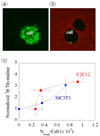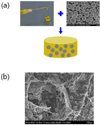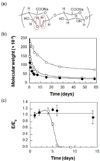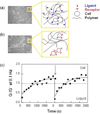Alginate: properties and biomedical applications
- PMID: 22125349
- PMCID: PMC3223967
- DOI: 10.1016/j.progpolymsci.2011.06.003
Alginate: properties and biomedical applications
Abstract
Alginate is a biomaterial that has found numerous applications in biomedical science and engineering due to its favorable properties, including biocompatibility and ease of gelation. Alginate hydrogels have been particularly attractive in wound healing, drug delivery, and tissue engineering applications to date, as these gels retain structural similarity to the extracellular matrices in tissues and can be manipulated to play several critical roles. This review will provide a comprehensive overview of general properties of alginate and its hydrogels, their biomedical applications, and suggest new perspectives for future studies with these polymers.
Figures


















References
-
- Ratner BD, Bryant SJ. Biomaterials: where we have been and where we are going? Ann Rev Biomed Eng. 2004;6:41–75. - PubMed
-
- Williams DF. On the nature of biomaterials. Biomaterials. 2009;30:5897–5909. - PubMed
-
- Gombotz WR, Wee SF. Protein release from alginate matrices. Adv Drug Delivery Rev. 1998;31:267–285. - PubMed
-
- Langer R, Vacanti JP. Tissue engineering. Science. 1993;260:920–926. - PubMed
Grants and funding
LinkOut - more resources
Full Text Sources
Other Literature Sources
